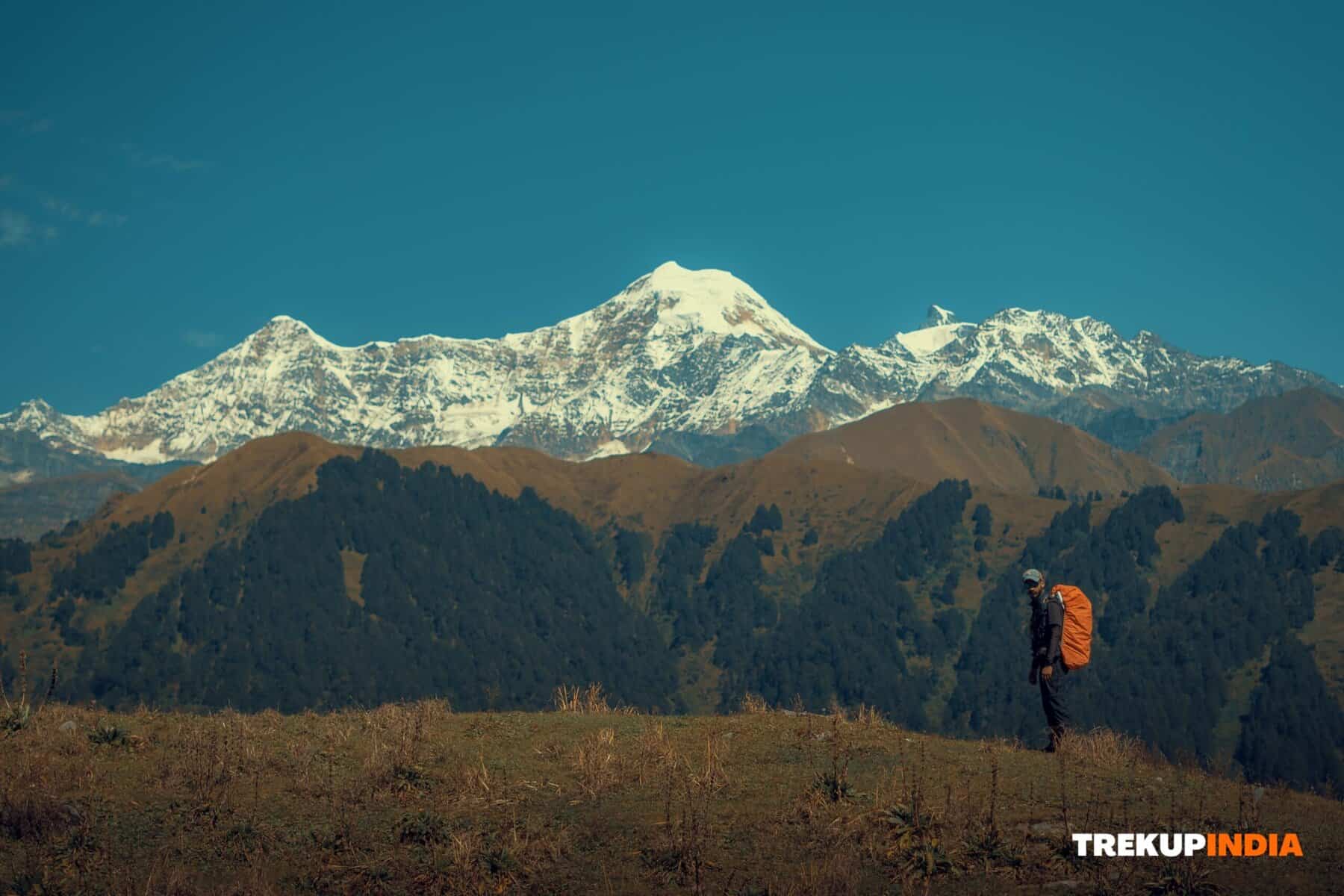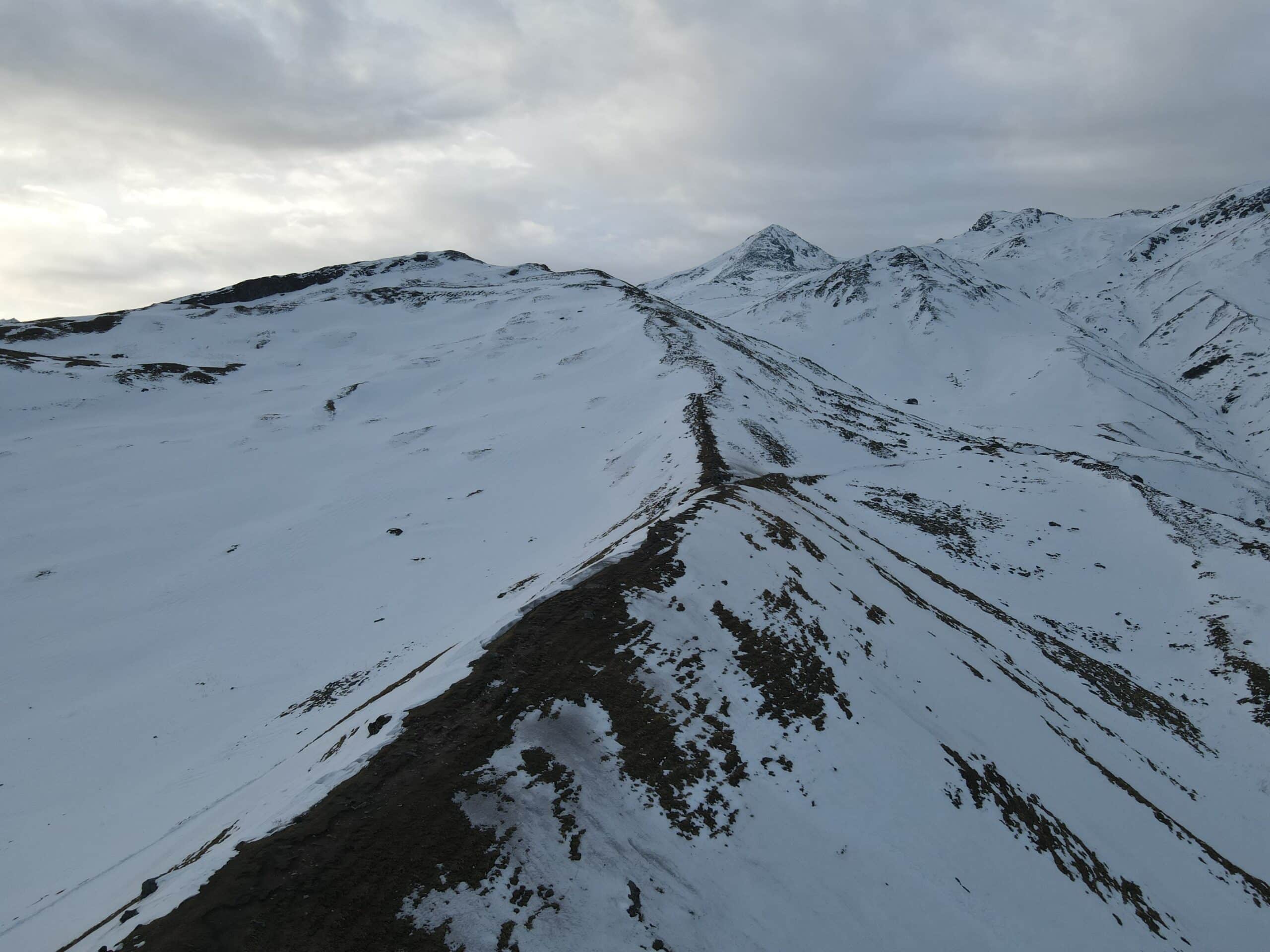Why Trekking Pants Are Necessary For Trekking?
Trekking is one of the best ways to enjoy nature and fresh air and to do so, you need to be well prepared. Whether it is carrying the right bag, shoes, cap, jacket or pants, we are informing you why trekking pants are necessary to wear. With the right trek pants, you can trek, whether light, weather protective, quick dry, or comfortable. Research pants that would be perfect for you thoroughly. People often wear jeans on treks, but they face many issues because Trekking pants are specially made to keep trekkers’ needs in mind. Generally, trekking pants are made of Polyamide, a unique fiber made of polyester and elastane, making it stretchable. Below we have provided details about the importance of Trekking Pants.
Difference between Trekking Pants and Jeans
There are many differences between Trekking Pants and Jeans; read further to know some of those differences.
- Trekking pants are usually made of fabric, which is light in weight, which makes them fast drying and breathable. While on the other hand, jeans are made of heavy fabric, and the chance of sweating is more; they are very uncomfortable while trekking as they might become heavy because of moisture.
- Trekking pants sometimes have a higher waistline, providing additional support to the backpack. Jeans do not provide any such assistance with the backpack.
- Often trekking pants feature knee and ankle support, protecting trekkers from scrapes and scratches. Jeans do not have such protection, making us vulnerable to injuries.
- Trekking pants have extra pockets with a zipper or closing system, which protects the things you keep in your pocket. While jeans do not have such pockets, things can fall out of our pockets.
Importance of Trekking Pants
Trekking pants play a significant role, as they are designed for comfort and mobility, making trekking easier. Below we have provided some of those important points.
- Material – The trekking pants are mostly made of nylon, polyester, and polyamide (a mixture of polyester & elastane). The material makes pants quickly dry, strong, lightweight, and durable. These pants can handle harsh conditions like mud, rocks, and ice, making them perfect for the trek.
- Lightweight – The material from which they are made makes them lightweight, which helps trekkers to trek with ease. It is important to choose lightweight pants, so you don’t have to worry about heavy weight that can affect your movement or make you tired quickly.
- Mobility – Trekking Pants are designed to help trekkers while walking. Whether climbing a hill or walking on rough terrain, the trekker can move smoothly due to the quality and material of the pants. You do not have to adjust the pants while trekking, making them easier. Walking in different sections, such as ascending or descending, helps have perfect walking postures.
- Quick Dry – While on a trek, it is difficult to wash clothes; that is where trekking pants come in as the material they are made of. No matter what it is, whether it is rain, river, or any other type of water, these pants will keep you dry. Also, when you are experiencing sweat, these pants are quickly dry, which does not allow the pants to retain water.
- Breathable – These pants allow very little air to pass through, which protects you from harsh weather conditions. These pants do not allow moisture to get inside your pants; sweat is absorbed, which keeps your skin dry.
- Multifunctional and secure pockets – They have multiple pockets, which is very helpful if you want to keep important items like mobile phones, batteries, power banks, shades, or snacks. These pants have a security system that does not let things from falling out of your pocket.
- Weather protection – Weather conditions in the mountains or the Himalayan region tend to get extreme. As temperature sometimes drops to -10 degree Celsius, these pants have a layering system that protects them from severe conditions.
About Author

Kanishk
Kanishk has lived in these hills all his life, so every time he wished to travel somewhere, the hills were his calling card. He completed his schooling in Dehradun and graduated with a degree in Journalism and Mass Communication. As a result, he was open to sharing in detail his personal experience of exploring with friends and his family. He then looked through different career choices but couldn't find something that made him happy and content. Until he got an opportunity to work in a traveling company and that to trekking. In his mind, this was like the mountains calling, and he began explaining the adventure of going to the hills to people.






